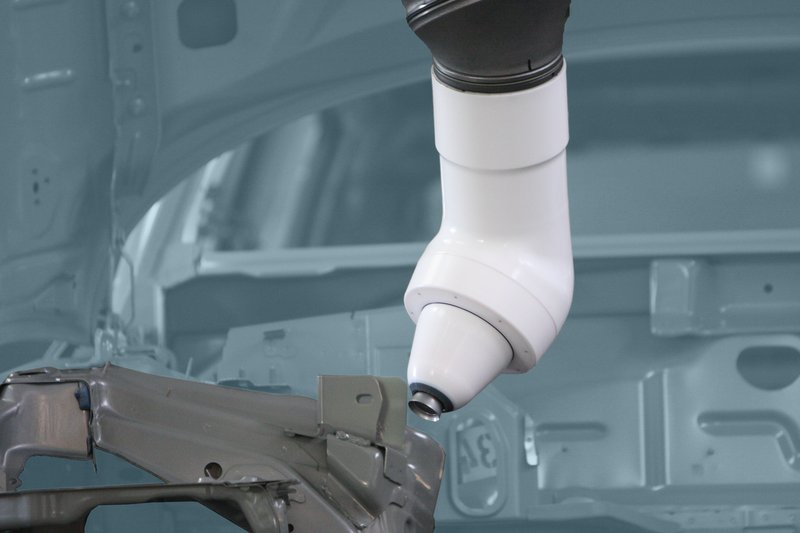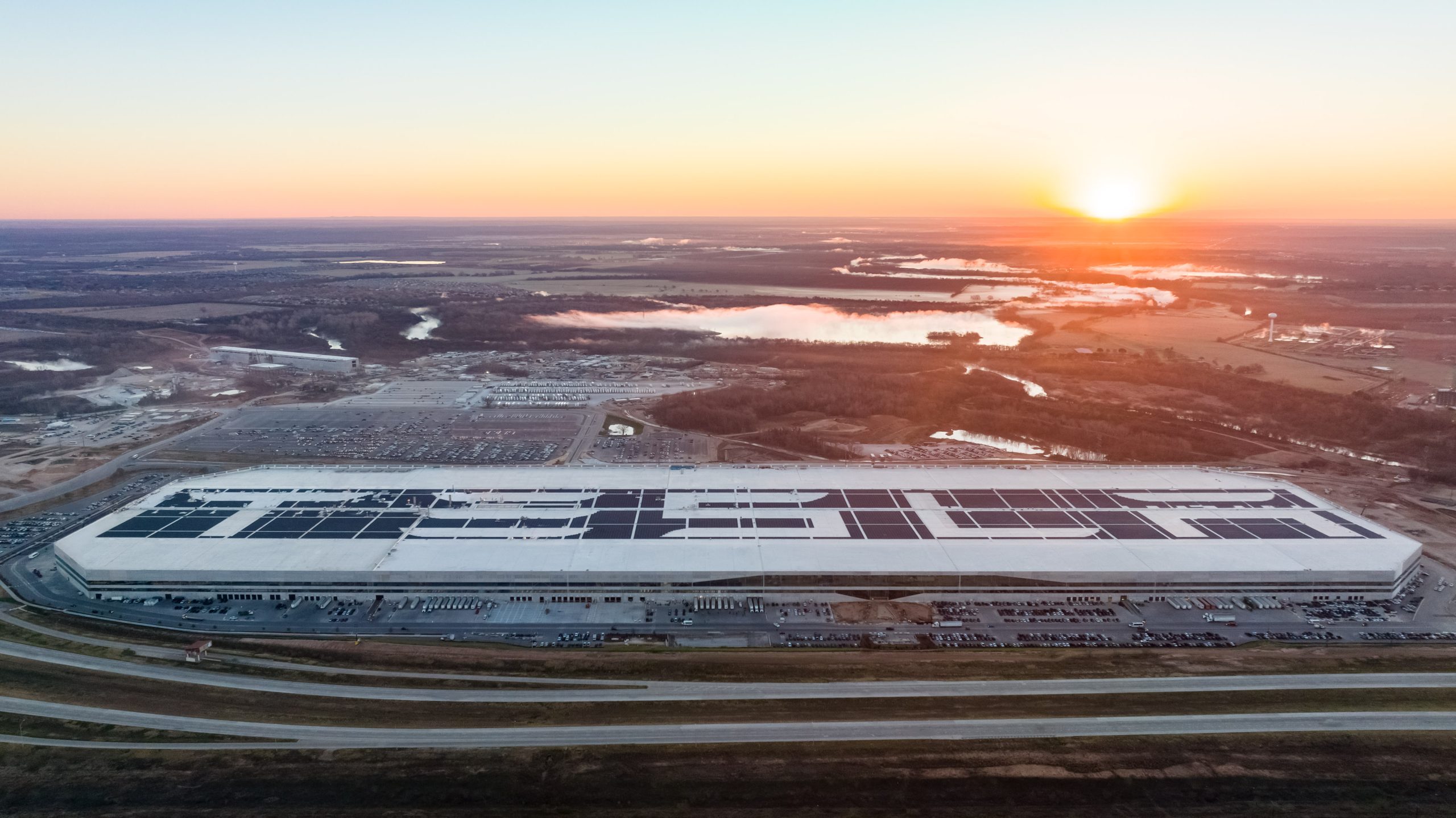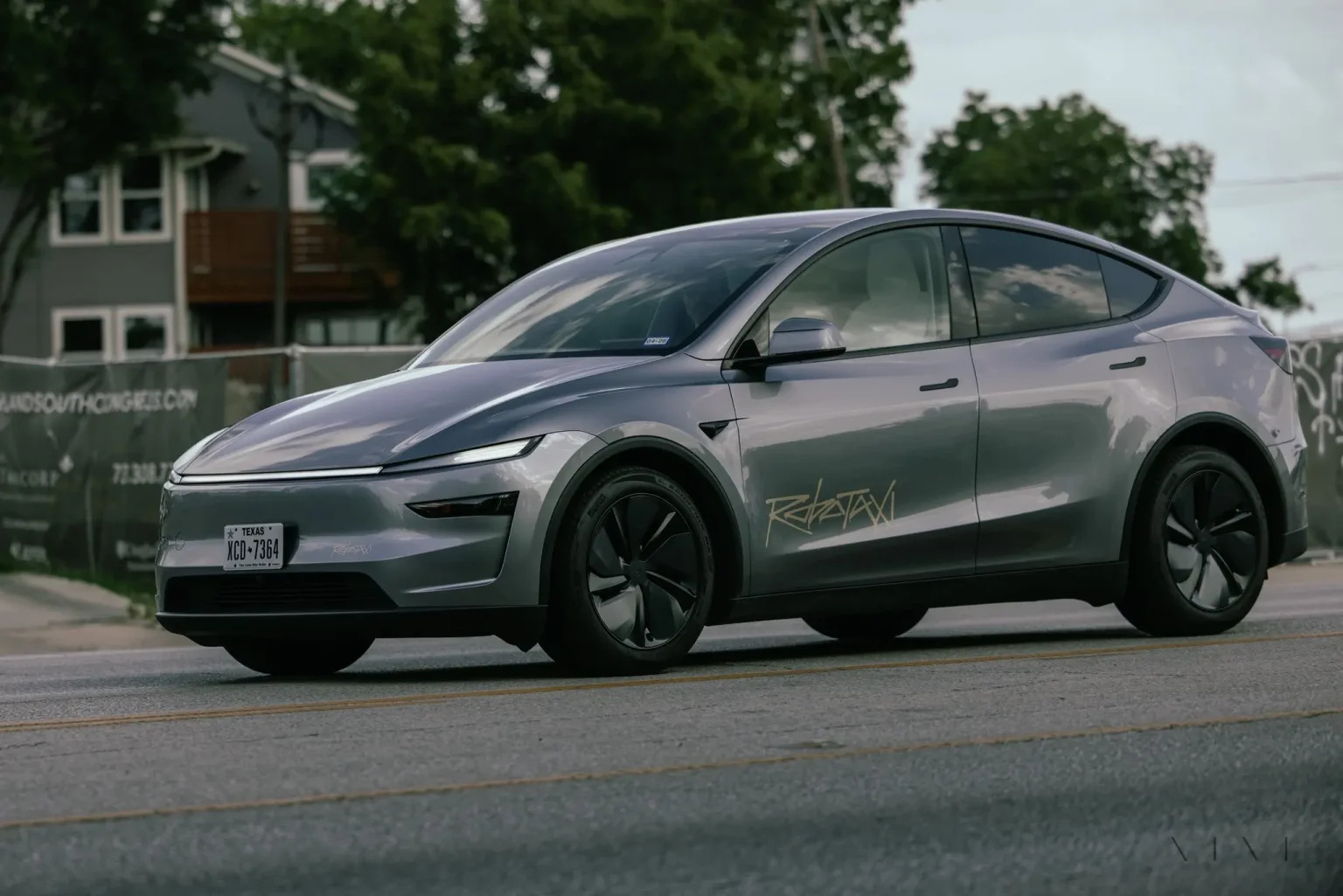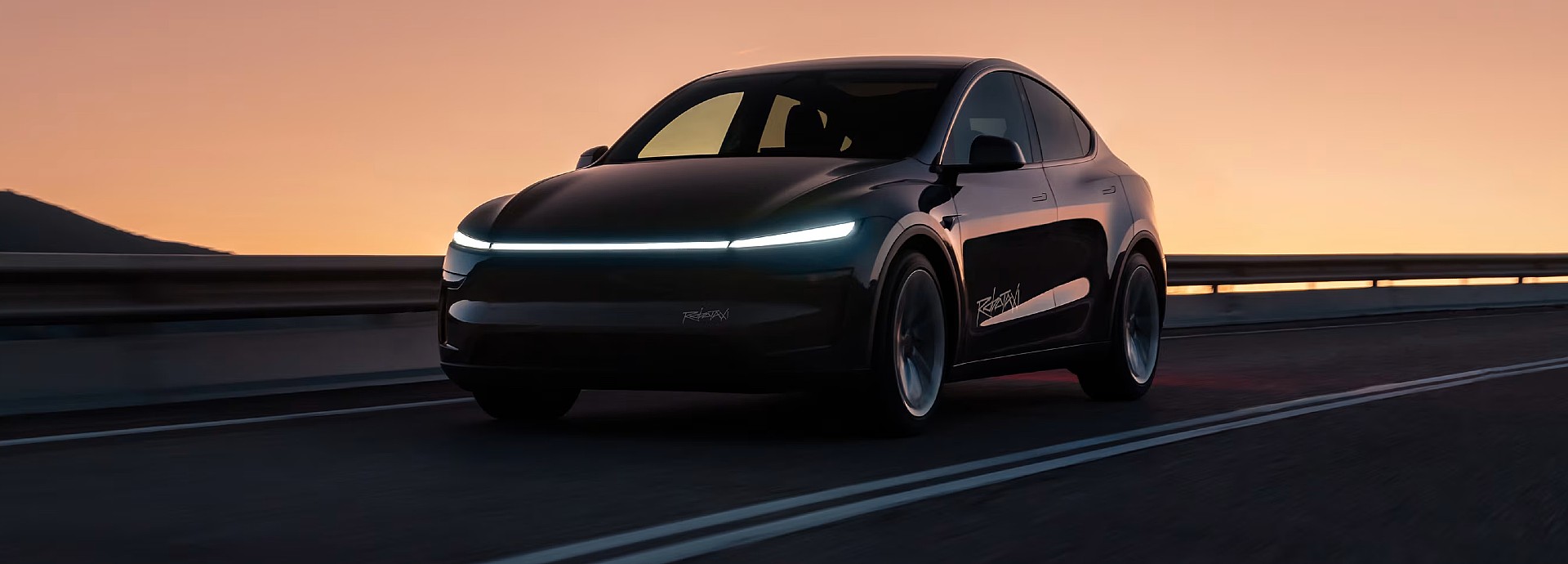Investor's Corner
Manufacturing Expansion Provides 2015 Narrative for Tesla

Tesla’s supercharging buildout receives its share of publicity these days as the company builds out an electric highway for multiple countries. However, Tesla’s massive manufacturing expansion resonates as the underlying narrative for Tesla in 2015 for investors, along with a very important Model X release.
Part of investors’ fascination with Tesla is the lack of legacy costs and perceived future advantage in electric car production over traditional automakers at scale. Another big advantage for Tesla over traditional automakers is the evolution of manufacturing technology and software, and the lack of legacy control or operation architectures as an obstacle. Sophisticated industrial networking at the factory floor can communicate with SAP level enterprise business layers and drive efficiencies now. Things have changed.
Over the last ten years, factory manufacturing has integrated higher processing speeds for machinery equipment and added a lot of sensors. Everybody has read or heard about the the Internet of Things, but in the factory space it’s known as the Industrial Internet of Things (IIoT). This sensor explosion has been evolving quickly for manufacturers since the 2008 downturn.
However, it’s been a struggle for legacy manufacturers and automakers. That’s why the Fremont plant expansion for the Model X and Model 3 is really advantageous for Tesla. They have a clean manufacturing slate.
So what’s happening in Fremont? Just four months ago, German-based Durr AG announced that it had shipped its 9,000 robot to the Fremont plant. In the release, Durr said that as many as 100 paint, 48 handling and 26 sealing robots went to Tesla’s recently finished paint center, as Musk refers to it.
The paint center has two sealing, primer and top coat lines, which can paint as much as 500,000 bodies per year. That’s the key number.
“This is quite a huge capital cost for us and the new paint center is actually set up to be able to do 10,000 cars a week,” says Musk at a recent shareholder meeting. “So, this paint center is intended to be able to match the 2020 production level (500,000/annually) that includes the Model 3.”
Musk also mentioned that the new Lathrop, Calif. castings and machining center for the Model S will allow Tesla “to expand our vehicle capacity and allocate more space for vehicle final assembly.”
Tesla recently carved out more room at its Fremont plant for its SX body production line. The SX line will be able to switch to the either the Model X or S vehicle, depending on demand. “The new line will have more automation and greater flexibility and we should be able to do three times more than we’re able to do in the current body line,” says Musk.
Of course, this is just the car side. The Tesla Gigafactory is another component to meet future demand for its car and energy side of the business. Just last week around 8 pm eastern time on Friday, Tesla quietly announced that it took out a credit line of “$500M, five-year, credit facility via five banks and it has the option to increase the credit facility’s size to $750M.”
Most investors would admit there’s a good deal of risk in this strategy. However, Elon Musk and his talented team know this is the only strategy to enable high-volume manufacturing for a mass-market electric car. So the rest now comes down to execution.
*Below is an interesting car assembly application via ABB robotics, see video below. Love to see a Tesla video like this, enjoy!

Investor's Corner
Tesla stock closes at all-time high on heels of Robotaxi progress

Tesla stock (NASDAQ: TSLA) closed at an all-time high on Tuesday, jumping over 3 percent during the day and finishing at $489.88.
The price beats the previous record close, which was $479.86.
Shares have had a crazy year, dipping more than 40 percent from the start of the year. The stock then started to recover once again around late April, when its price started to climb back up from the low $200 level.
This week, Tesla started to climb toward its highest levels ever, as it was revealed on Sunday that the company was testing driverless Robotaxis in Austin. The spike in value pushed the company’s valuation to $1.63 trillion.
Tesla Robotaxi goes driverless as Musk confirms Safety Monitor removal testing
It is the seventh-most valuable company on the market currently, trailing Nvidia, Apple, Alphabet (Google), Microsoft, Amazon, and Meta.
Shares closed up $14.57 today, up over 3 percent.
The stock has gone through a lot this year, as previously mentioned. Shares tumbled in Q1 due to CEO Elon Musk’s involvement with the Department of Government Efficiency (DOGE), which pulled his attention away from his companies and left a major overhang on their valuations.
However, things started to rebound halfway through the year, and as the government started to phase out the $7,500 tax credit, demand spiked as consumers tried to take advantage of it.
Q3 deliveries were the highest in company history, and Tesla responded to the loss of the tax credit with the launch of the Model 3 and Model Y Standard.
Additionally, analysts have announced high expectations this week for the company on Wall Street as Robotaxi continues to be the focus. With autonomy within Tesla’s sights, things are moving in the direction of Robotaxi being a major catalyst for growth on the Street in the coming year.
Elon Musk
Tesla needs to come through on this one Robotaxi metric, analyst says
“We think the key focus from here will be how fast Tesla can scale driverless operations (including if Tesla’s approach to software/hardware allows it to scale significantly faster than competitors, as the company has argued), and on profitability.”

Tesla needs to come through on this one Robotaxi metric, Mark Delaney of Goldman Sachs says.
Tesla is in the process of rolling out its Robotaxi platform to areas outside of Austin and the California Bay Area. It has plans to launch in five additional cities, including Houston, Dallas, Miami, Las Vegas, and Phoenix.
However, the company’s expansion is not what the focus needs to be, according to Delaney. It’s the speed of deployment.
The analyst said:
“We think the key focus from here will be how fast Tesla can scale driverless operations (including if Tesla’s approach to software/hardware allows it to scale significantly faster than competitors, as the company has argued), and on profitability.”
Profitability will come as the Robotaxi fleet expands. Making that money will be dependent on when Tesla can initiate rides in more areas, giving more customers access to the program.
There are some additional things that the company needs to make happen ahead of the major Robotaxi expansion, one of those things is launching driverless rides in Austin, the first city in which it launched the program.
This week, Tesla started testing driverless Robotaxi rides in Austin, as two different Model Y units were spotted with no occupants, a huge step in the company’s plans for the ride-sharing platform.
Tesla Robotaxi goes driverless as Musk confirms Safety Monitor removal testing
CEO Elon Musk has been hoping to remove Safety Monitors from Robotaxis in Austin for several months, first mentioning the plan to have them out by the end of 2025 in September. He confirmed on Sunday that Tesla had officially removed vehicle occupants and started testing truly unsupervised rides.
Although Safety Monitors in Austin have been sitting in the passenger’s seat, they have still had the ability to override things in case of an emergency. After all, the ultimate goal was safety and avoiding any accidents or injuries.
Goldman Sachs reiterated its ‘Neutral’ rating and its $400 price target. Delaney said, “Tesla is making progress with its autonomous technology,” and recent developments make it evident that this is true.
Investor's Corner
Tesla gets bold Robotaxi prediction from Wall Street firm
Last week, Andrew Percoco took over Tesla analysis for Morgan Stanley from Adam Jonas, who covered the stock for years. Percoco seems to be less optimistic and bullish on Tesla shares, while still being fair and balanced in his analysis.

Tesla (NASDAQ: TSLA) received a bold Robotaxi prediction from Morgan Stanley, which anticipates a dramatic increase in the size of the company’s autonomous ride-hailing suite in the coming years.
Last week, Andrew Percoco took over Tesla analysis for Morgan Stanley from Adam Jonas, who covered the stock for years. Percoco seems to be less optimistic and bullish on Tesla shares, while still being fair and balanced in his analysis.
Percoco dug into the Robotaxi fleet and its expansion in the coming years in his latest note, released on Tuesday. The firm expects Tesla to increase the Robotaxi fleet size to 1,000 vehicles in 2026. However, that’s small-scale compared to what they expect from Tesla in a decade.
Tesla expands Robotaxi app access once again, this time on a global scale
By 2035, Morgan Stanley believes there will be one million Robotaxis on the road across multiple cities, a major jump and a considerable fleet size. We assume this means the fleet of vehicles Tesla will operate internally, and not including passenger-owned vehicles that could be added through software updates.
He also listed three specific catalysts that investors should pay attention to, as these will represent the company being on track to achieve its Robotaxi dreams:
- Opening Robotaxi to the public without a Safety Monitor. Timing is unclear, but it appears that Tesla is getting closer by the day.
- Improvement in safety metrics without the Safety Monitor. Tesla’s ability to improve its safety metrics as it scales miles driven without the Safety Monitor is imperative as it looks to scale in new states and cities in 2026.
- Cybercab start of production, targeted for April 2026. Tesla’s Cybercab is a purpose-built vehicle (no steering wheel or pedals, only two seats) that is expected to be produced through its state-of-the-art unboxed manufacturing process, offering further cost reductions and thus accelerating adoption over time.
Robotaxi stands to be one of Tesla’s most significant revenue contributors, especially as the company plans to continue expanding its ride-hailing service across the world in the coming years.
Its current deployment strategy is controlled and conservative to avoid any drastic and potentially program-ruining incidents.
So far, the program, which is active in Austin and the California Bay Area, has been widely successful.








